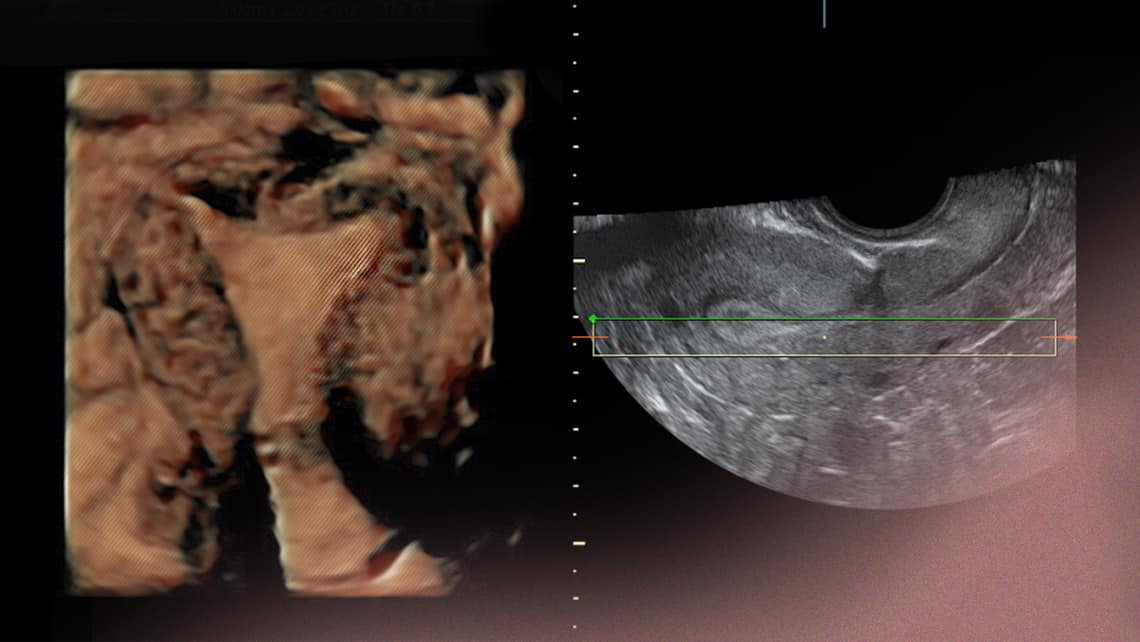
Importance of endometrial thickness in Assisted Reproduction treatments
Given the essential role of the endometrial receptivity in the success of any Assisted Reproduction treatment (In Vitro Fertilisation, frozen embryo transfers (CT) or egg donation cycles), the uterus’ capacity to “accept” the embryo must be carefully measured.
The appropriate endometrial preparation with ovarian hormones and the transfer of high quality embryos are fundamental factors for obtaining good results. In fact, the protocols for endometrial preparation have been developed to closely imitate a natural menstrual cycle.
There seems to be a certain trend of miscarriages with very thin endometria, however without definitive results.
Since the first study in 1984, which established the ideal thickness at 10 mm, it has been observed that results are optimum with a 7 mm thick endometrium, and even nowadays recommending a minimum thickness isn’t necessarily related to success.
In conclusion, although it seems endometrial thickness may influence the final results, the disparity of the obtained results suggests that there is no general cut-off, but rather the uterine and endometrial characteristics must be individually studied.
Dr Belen Moliner, gynaecologist of Instituto Bernabeu
